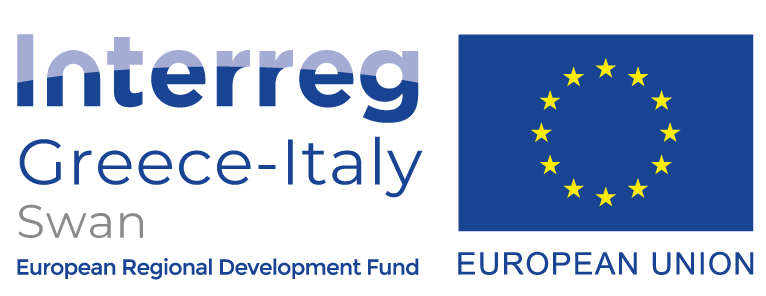Sustainable mobility is now a priority worldwide to address both environment and social needs: identifying with it those transport solutions that minimize impact on the environment, foster social and economic well-being, and improve accessibility and safety.
Talking about ‘mobility’ includes reference to the transport of people and goods, to the infrastructure connecting places that has allowed, since the earliest times of human history, the movement of goods and ideas, the development of trade, and knowledge as well.
In a nutshell, mobility is an important asset for the economic and social development of territories.
There is a downside, however, and concerns the impact on climate and natural ecosystems: emissions of climate-altering gases into the atmosphere caused by the transport system, largely due to the use of fossil fuels, account for about a quarter of total emissions in Italy alone (https://indicatoriambientali.isprambiente.it/pon/basic/11), and most of this can be attributed to road transport.
Yet that’s not all: another impact is due to other aspects such as noise pollution, land use, particulate materials due, for example, to the abrasion of brakes, wheels and tires, and the negative impact on natural habitats for so many animal species.
In spite of the impact on the environment and also on the livability of many places due to mobility, several territories and remote areas still suffer from a great shortage in transport connections, which limits their development. In short, transportation to date, has been very polluting and not very inclusive.
Thus, sustainable mobility today focus of the transition, addresses both environmental and social issues, closely matching the UN’s Agenda 2030 Goals in several respects, from climate action to sustainable communities and innovation in infrastructure.
Europe is working hard in this direction, with bold strategies and measures to achieve the goal of climate neutrality by 2050, while improving the cross-regional and intermodal transport system to support economic growth, jobs, and a better life standard.
One such example is the SWAN project – Sustainable Water Aerodrome Network – aimed at the development and implementation of dedicated seaplane infrastructure in the harbors of Corfu, Paxoi, Diapontie Islands, Taranto, and Nardo’.
The project idea has been developed as a response to the lack of fast transportation within the region and aims to support the development of a permanent transport service between the areas covered by the project, enhancing the value of already existing waterways that need very light interventions from an environmental and cost point of view-this again is an element of sustainability! The overall project infrastructure will encompass the construction of dedicated mini-terminals, providing additional services to passengers, tourists, and residents of the Program area, offering different types of connections to the destination area, functioning as a mini-hub for local transportation needs, and also providing web-based information to the community. The infrastructure of the waterway is highly environment-friendly, with simple and removable piers, while the water operating area has been developed with takeoff and low-noise approach path. In addition, extensive flight testing has been carried out to ensure maximum safety and best efficiency. Residents and tourists in the Program area will gain great benefits from the water surfaces and services described.
The progress of this wonderful Italian-Greek cooperation, innovation, and sustainability project has been slowed down due to the pandemic and the complexity of the same, which has required the re-harmonization of several regulatory aspects, but now is ready to get into full swing and by 2024 the service is expected to start in the relevant sites in Greece and Italy.
Τελευταία ενημέρωση 19 September 2023
